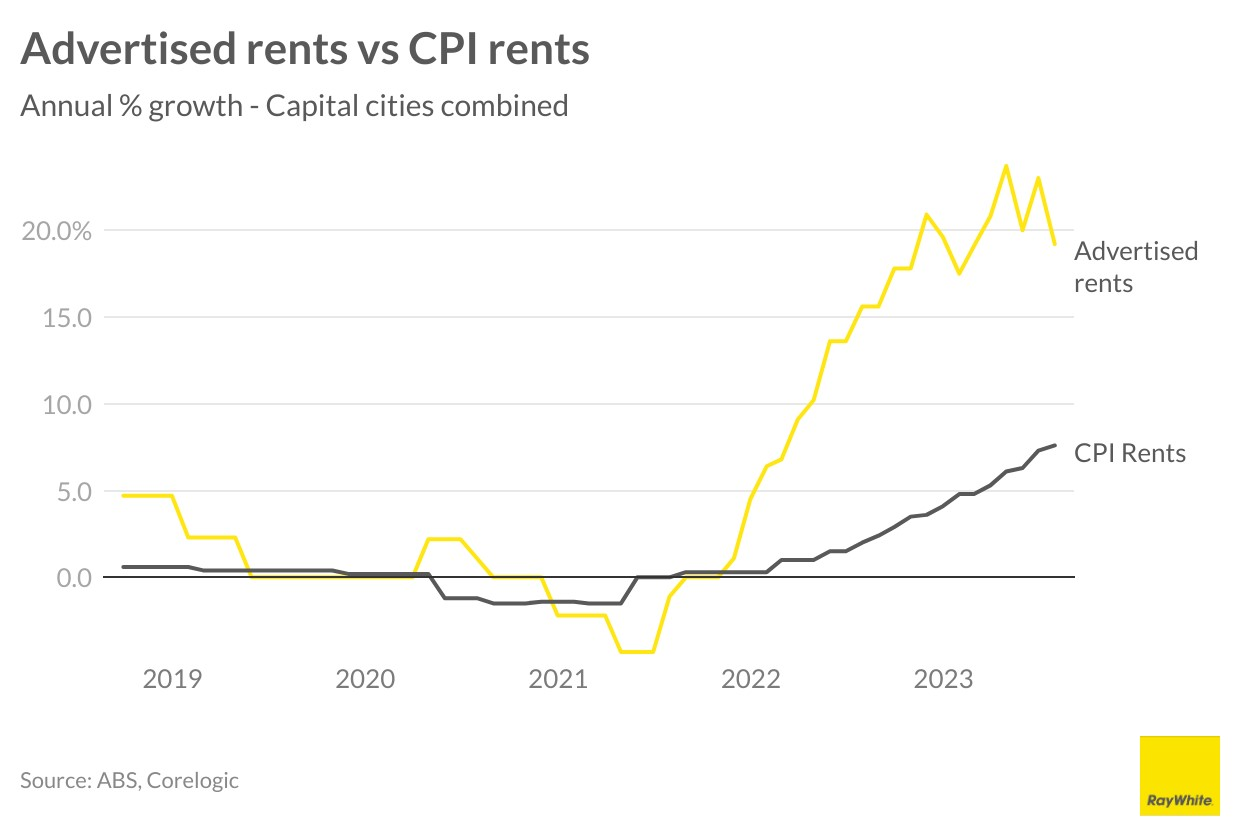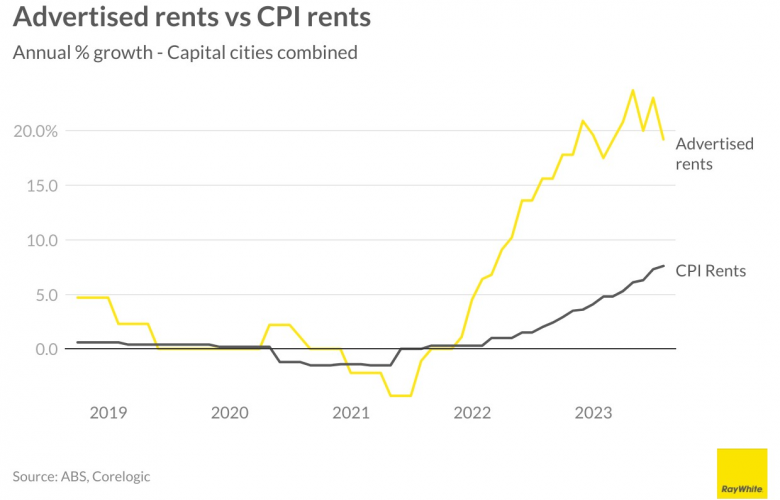Rates on hold but rent rises remain a problem for inflation - Ray White
Contact
Rates on hold but rent rises remain a problem for inflation - Ray White
According to Nerida Conisbee, Ray White Group Chief Economist, the next movement is likely to be a cut to rates, however this is unlikely to happen this year.
With inflation now trending downward, rates remained on hold again this month. At this point, barring any unexpected events, it is likely that they will remain at current levels for some time. The next movement is likely to be a cut, however this is unlikely to happen this year.
While inflation is declining, housing costs remain problematic. It is good news that the rate of change in construction costs are starting to moderate quickly. While still recording a year-on-year growth rate of 5.9 per cent, it is the smallest increase since October 2021. Many of the drivers of high rates of growth are no longer such a problem. Supply chains are moving easily again and this is improving productivity in the industry. With migration starting up again, labour shortages are starting to ease.
Far less positively, rents continue to increase and have some while to run. Last year, we wrote about how although advertised rents were rising very quickly, it was yet to show up in the inflation figures. This is because there is a lag between when advertised rents start to increase and the flow through to already tenanted properties. However, the converse is also true. Advertised rental growth is starting to slow but it will take some time for it to flow through to properties already rented.
Also problematic is that rates at current levels are exacerbating rental and price growth because of their impact on the number of new homes being built. Already, housing approvals have fallen to levels not seen in around ten years. With housing finance costs so high, this is discouraging both owner occupiers and investors from buying new properties. Fewer properties being built will push more people into buying or renting existing homes. The rents/rates spiral has a while to run.






